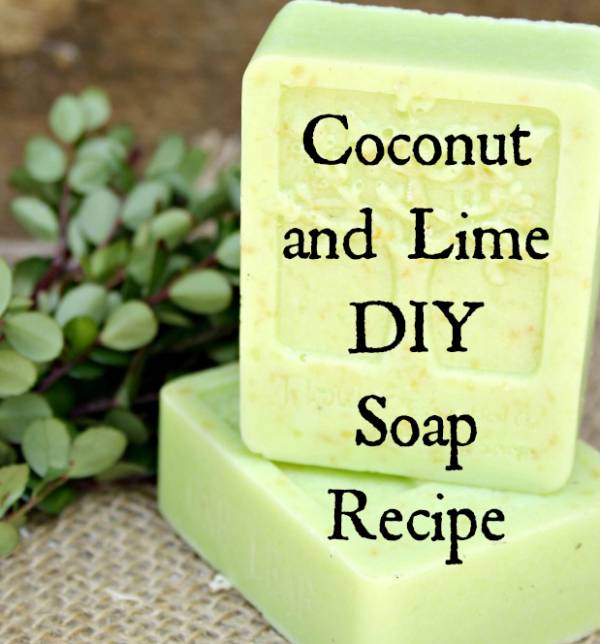
This soap making recipe shows you how to make soap using Coconut milk and lime juice. This melt and pour soap method using easy to use soap base that you just add ingredients to. The soap making tutorial is easy to use with step by step photos to guide you as you make this handmade soap. Use organic materials to create a natural organic soap.
Lime Essential oil : is invigorating and can help promote mental clarity. It has an uplifting fresh citrus scent. Lime soap is perfect for morning showers to wake your senses.
1/2 cup coconut milk
1-pound goats milk soap base
1 teaspoon lime juice
1 teaspoon coconut oil
1 teaspoon apple cider vinegar
1 teaspoon baking soda
1 teaspoon vitamin e oil
10 drops lime essential oil
Food or soap coloring
Spray bottle of rubbing alcohol to remove bubbles
Mold
Step 1: Melt soap base in the microwave and add coconut milk.

Step 2: Add lime juice
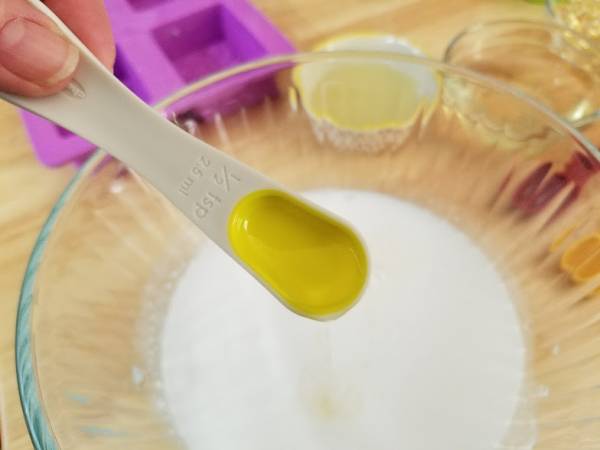
Step 3: Using a whisk, combine ingredients.

Step 4: Add coconut oil to the bowl
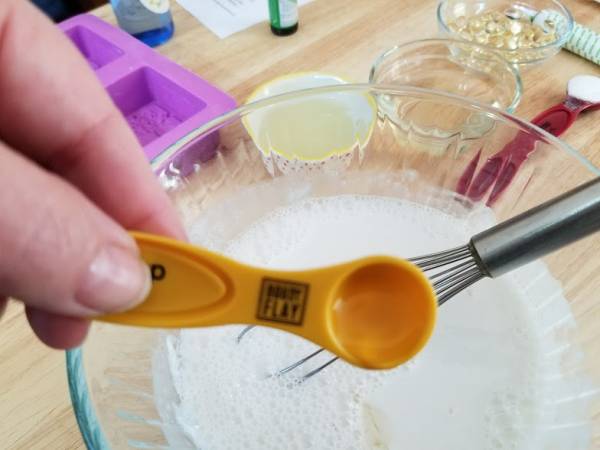
Step 5: Add apple cider vinegar to the mixture
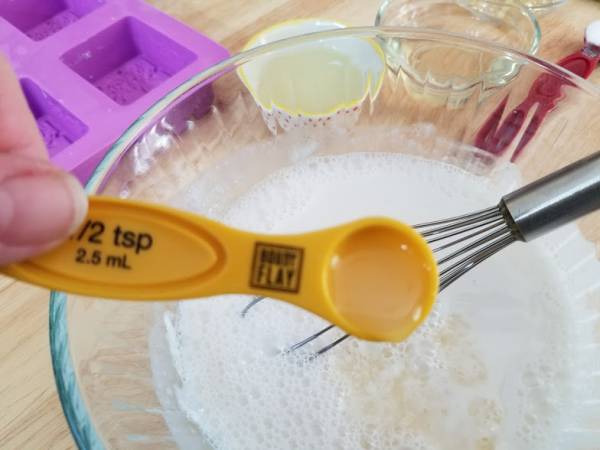
Step 6: Add baking soda to the bowl
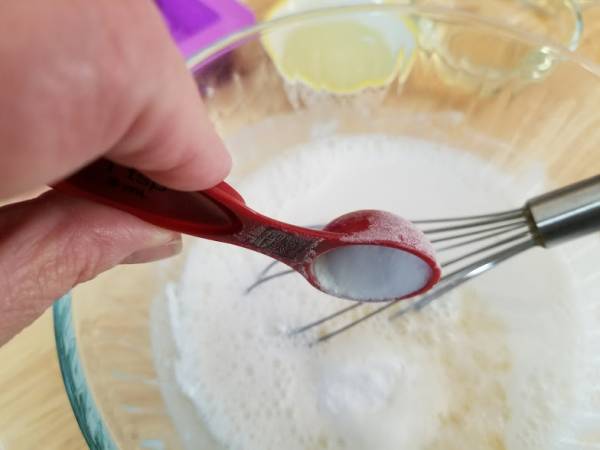
Step 7: Add vitamin E to the mixture
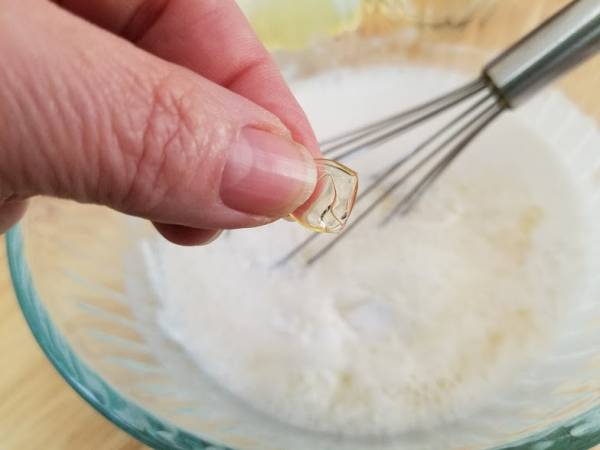
Step 8: Add lime essential oil
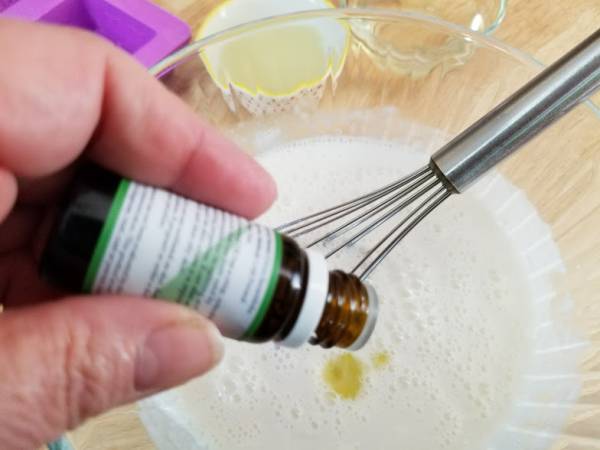
Step 9: Add colouring if desired
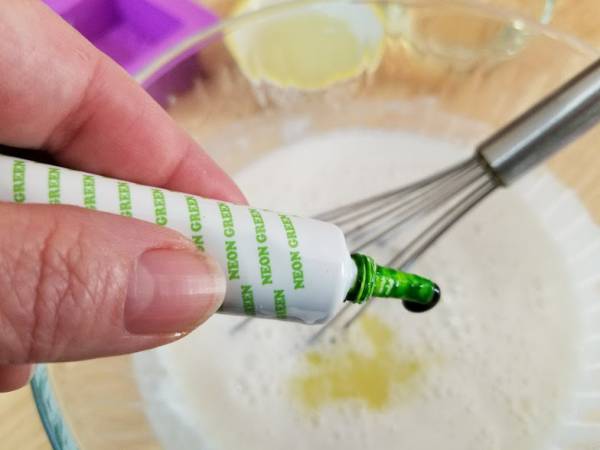
Step 10: Mix everything together well with a whisk
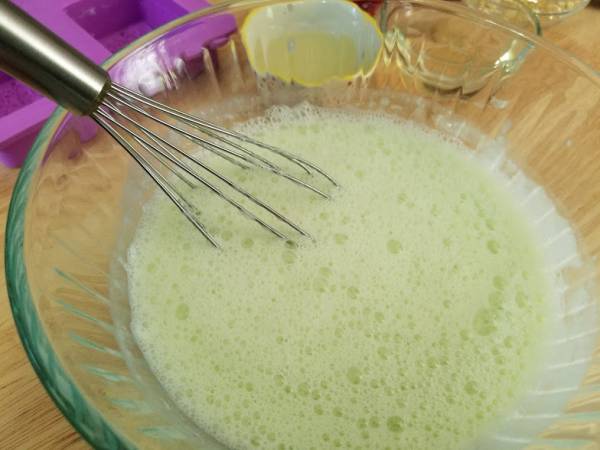
Step 11: Spray bottom of mold with rubbing alcohol. This removes the bubbles formed when mixing your soap!
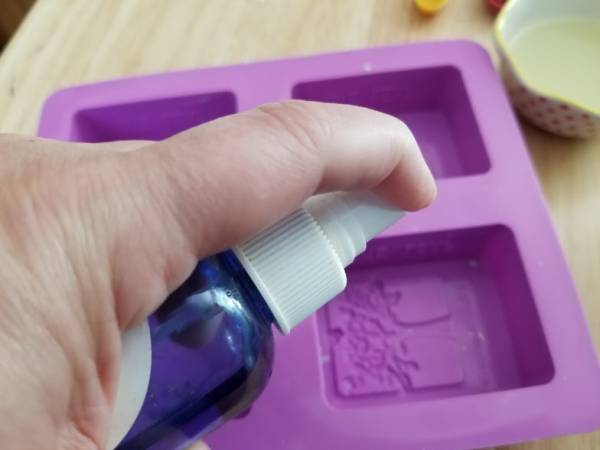
Step 12: Carefully add soap mixture to mold.
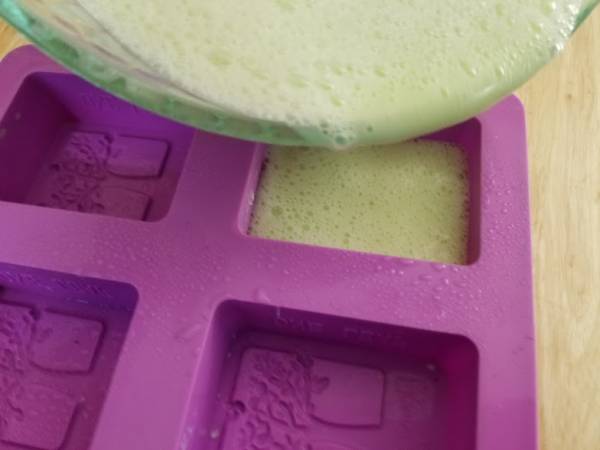
Step 13: Spray top of mold with the rubbing alcohol.
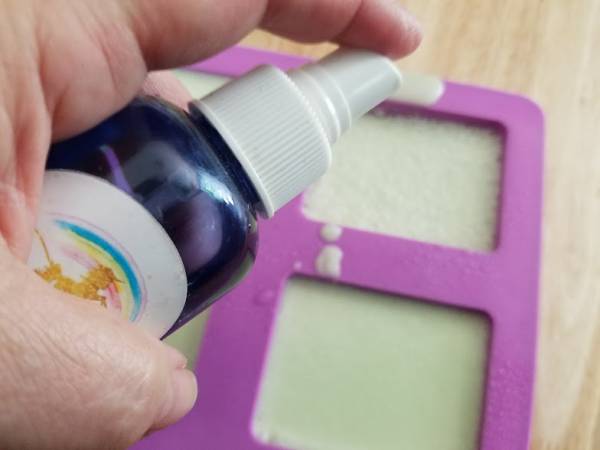
Step 14: Allow hardening for at least 2 hours.
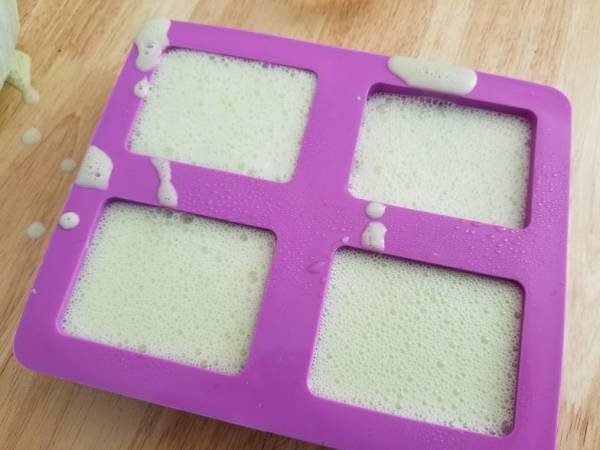
Store in an airtight container or Ziploc bag until ready for use.

This article contains affiliate links, this means that when you purchase from the links below we will get a kick back in small change, this is at no extra cost to you.
Looking for more Goat’s Milk recipes? Check out our DIY recipe for making your own goat’s milk lip chapstick. The Goat’s milk in this DIY Goat’s Milk Chapstick recipe will leave your lips soft and smooth. The PH Level in goat’s milk is super skin-friendly and the lactic acid helps remove dead skin cells from your lips for a soft and brighter smile. The ingredients are so basic for making this lip balm you will be surprised, you may even have the chapstick ingredients in your fridge or pantry.
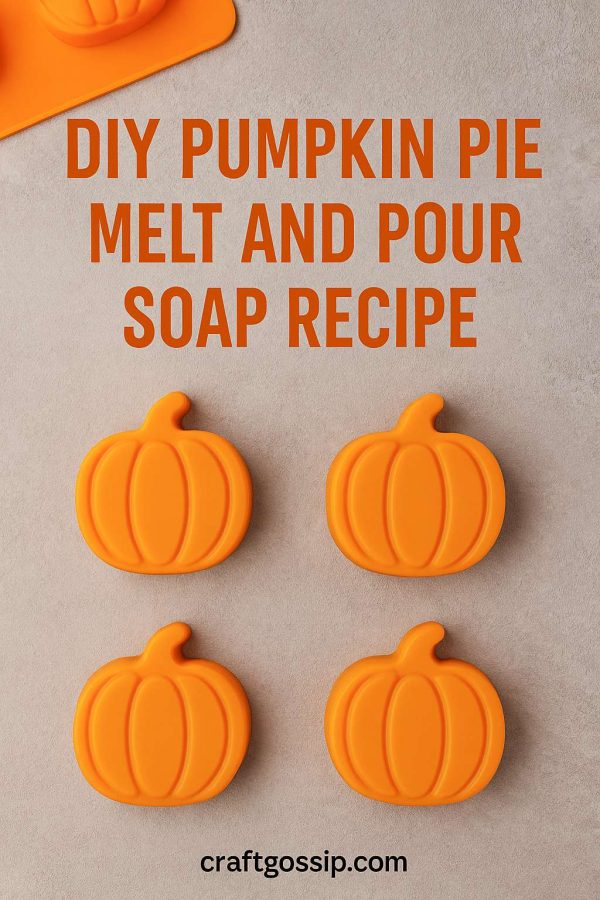
When you say coconut milk do you mean the stuff from the grocery store?
Yes
Could I add Lime zest ? and/or coconut flakes ?
whats the shelf life for this please
Is it the coconut milk in the can?
Trying to find a pleasant smelling coconut oil. What brand do you use?
Hey is it possible to use alcohol to spray on it or I can escape it?
This is an awful recipe… Who makes these up? What do you gain buy it..?
Melt and pour soap 101:
For melt and pour you cannot use: coconut milk (too much moisture and this will mold! ), lime juice (same), vinegar (too much moisture) , baking soda (wth?). The rest is OK to add but is useless in reality and together the additives are way too much.
Using food coloring in soap is not allowed per the FDA.
Only use soap and skin safe essential oils. Keep to the max weight % the manufacturer gives you for soap. Never measure EO in ‘drops’.
Keep all additives combined (!) to 1 level teaspoon per pound of soap base to prevent issues like the soap not setting well, less lather, sweating, feeling oily.
Bottom line:
Even if you get a somewhat hard soap using this recipe, the shelf life of a soap like this is 1 or 2 days max. After that the mold spores and bacteria from the botanicals can cause health issues. For healthy people, let alone for people with mold allergies, asthma, low immune system or pregnant.
Please take better care when posting recipes!
….